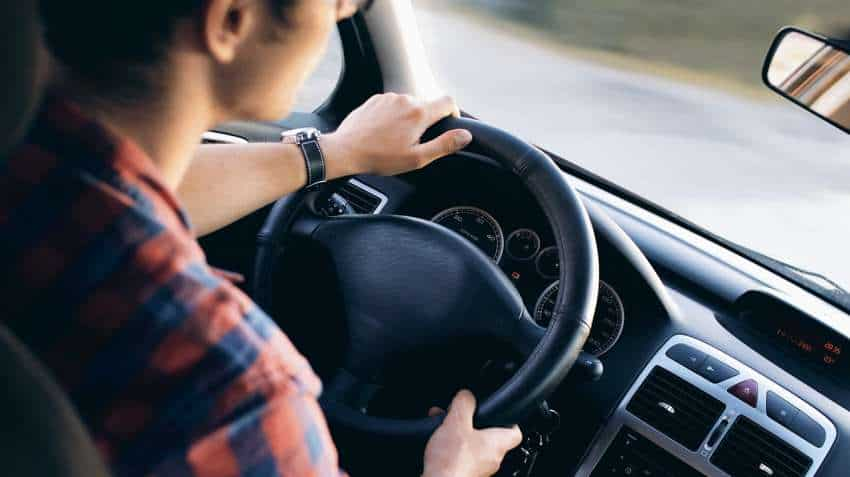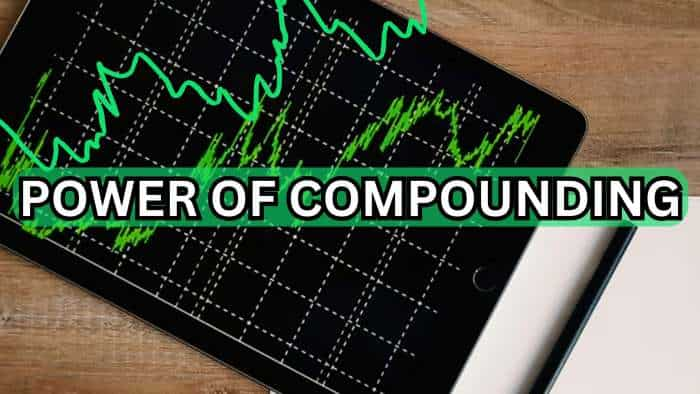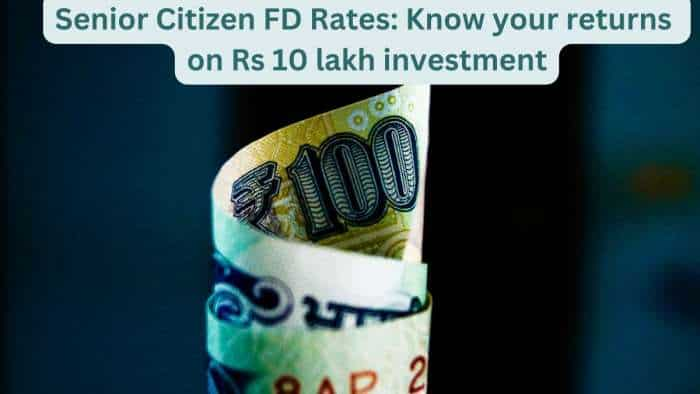Buying your first car? 11 basic terms you must know before you go for a test drive
There are certain parts in a car that play a significant role in its overall health and people should be aware of them before making a decision to buy one

Owning a car is no longer a luxury but a necessity. The car has become one of the essential things for most people and as it is used regularly, people look for many different features apart from mileage. From the engine to how the car looks, everything matters to people now. There are certain parts in a car that play a significant role in its overall health and people should be aware of them before making a decision to buy one. Let’s decode some of the car jargon in this article:
1. Cubic centimetres (CC) or capacity
The term cc is heard and used by many but there are only a few who know what it actually means. Cubic centimetres or cubic capacity in a car refers to the amount of air and fuel that can be pushed through the cylinders in the engine. Generally, the bigger the capacity, the more powerful the engine.
2. Brake horsepower (bhp)
Brake horsepower (bhp) is directly related to the speed of the engine. It is a kind of force, which pushes the engine and makes the vehicle move. In the case of sports cars, bhp of 400 and above is considered good whereas in normal cars 120-200 bhp is enough.
3. Rounds per minute (RPM)
RPM stands for rotation per minute. In the car engine, RPM is the number of times the piston– a mechanical device that moves up to compress gas and down due to an explosion in the cylinder– moves in a minute. The higher the RPM, the more power the engine will generate. Whatever power is generated in the engine, will reach the wheels with the help of gears. This will increase the speed of the car.
4. Antilock braking system (ABS)
This is a kind of safety system in cars that helps the driver steer in emergencies by restoring traction to the car’s tires. This helps in preventing wheels from locking up – possibly allowing the driver to steer to safety.
5. Electronic brakeforce distribution (EBD)
The concept behind Electronic Brakeforce Distribution, or EBD for short, is that not every tyre on a vehicle requires the same amount of braking force. When a car stops, the car’s weight is distributed among the four wheels, and each wheel does not always sustain the same amount of weight. As a result, the force exerted on each wheel must also be different. This is where EBD, or Electronic Brakeforce Distribution, comes into play. Electronic Brakeforce Distribution ensures that the appropriate amount of braking force is supplied to each wheel based on the weight it supports.
6. Reverse parking assist (RPA)
As the name suggests, the reverse parking assistant system helps drivers in parking the car precisely in reverse and helps with blind spots. The latest technology has installed cameras on it. Earlier, there were ultrasonic waves that were used to signal the driver with a sound if a car could crash into an object
7. Wheelbase
Wheelbase is the distance between the car's front and rear. This distance determines how smooth the ride will be. More the wheelbase, the smoother the ride.
8. Boot space
Boot space is the storage area for keeping baggage. In hatchbacks, it will be the back of the rear seat; however, it will be a distinct unit in sedans, and the boot space is typically expressed in litres, such as 450 litres of BOOT, etc.
9. Kerb weight
Kerb weight or curb weight is nothing but the weight of the vehicle in running condition.
10. Fuel tank capacity
As the name suggests, it is the capacity of fuel a car can hold. Larger fuel-tank results in a greater range for the car between refills, however the weight and space requirements of a larger tank are undesirable, especially in smaller cars.
11. BS VI
BSVI, or BS6, stands for Bharat Stage Emission Standards. These are enforced by the Government of India to regulate the expelled pollutants from motor vehicles.
Catch all the latest stock market updates. For more sports, politics, and other updates visit the Zee Business website.
Get Latest Business News, Stock Market Updates and Videos; Check your tax outgo through Income Tax Calculator and save money through our Personal Finance coverage. Check Business Breaking News Live on Zee Business Twitter and Facebook. Subscribe on YouTube.
RECOMMENDED STORIES

Top Large & Mid Cap Mutual Funds: Rs 5 lakh lump sum investment in 5 schemes has grown to at least Rs 14.2 lakh in 5 years; see full list

Top Smallcap MFs by SIP Returns: Rs 10,000 monthly investment in 5 schemes has grown to at least Rs 12.51 lakh in 5 years; see list
05:00 PM IST









 Mining giant Anglo-American rejects BHP Group's $39 billion takeover offer
Mining giant Anglo-American rejects BHP Group's $39 billion takeover offer  Tata Steel's big leap in low carbon iron, steel making technology; Details
Tata Steel's big leap in low carbon iron, steel making technology; Details Three GTs that came to India: A good year for car enthusiasts
Three GTs that came to India: A good year for car enthusiasts Brazil's prosecutors file nearly Rs 3 lakh crore lawsuit against Vale, BHP
Brazil's prosecutors file nearly Rs 3 lakh crore lawsuit against Vale, BHP